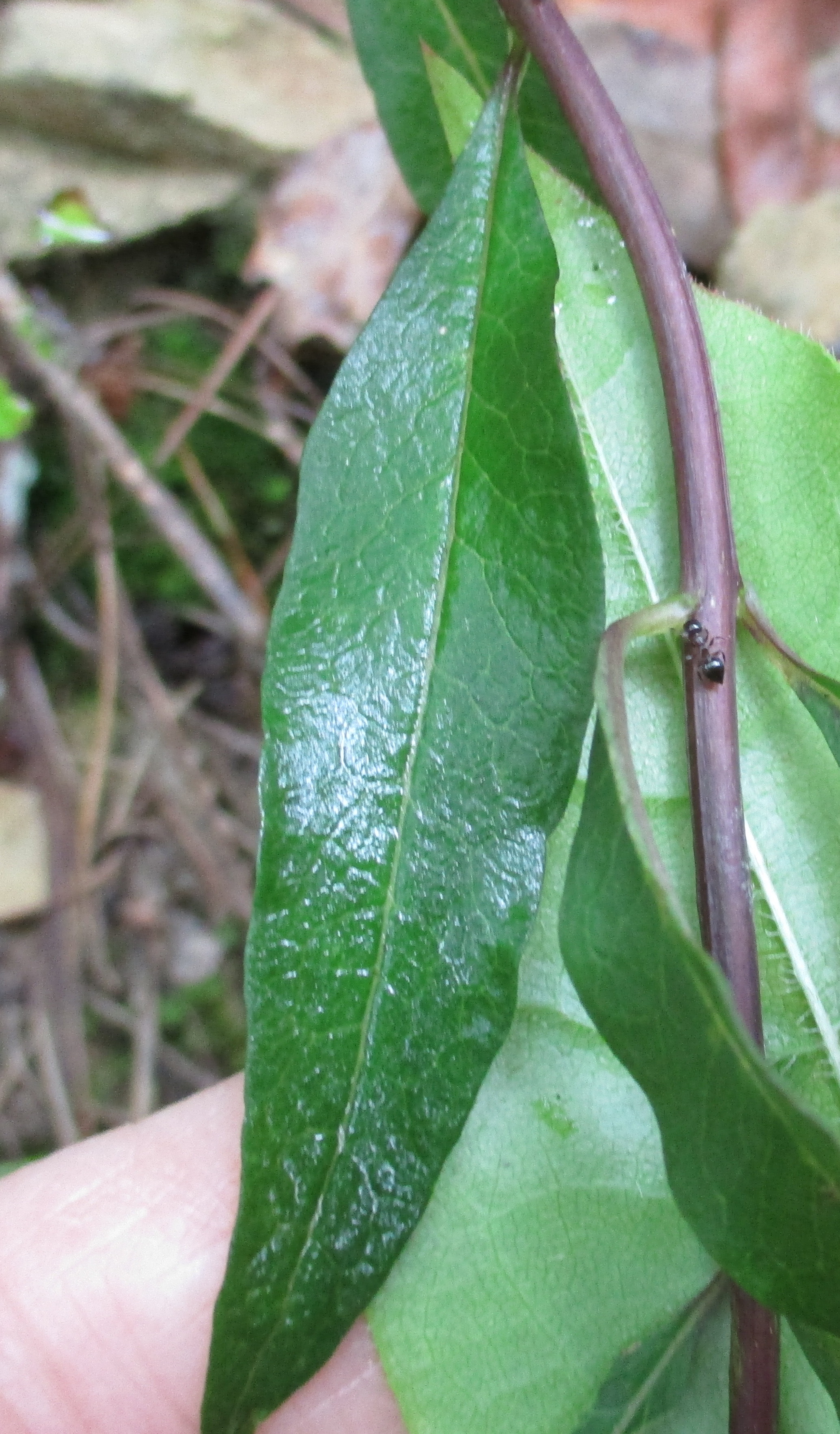Aureolaria Laevigata, or Appalachian Oak-Leach
go.ncsu.edu/readext?760988
en Español / em Português
El inglés es el idioma de control de esta página. En la medida en que haya algún conflicto entre la traducción al inglés y la traducción, el inglés prevalece.
Al hacer clic en el enlace de traducción se activa un servicio de traducción gratuito para convertir la página al español. Al igual que con cualquier traducción por Internet, la conversión no es sensible al contexto y puede que no traduzca el texto en su significado original. NC State Extension no garantiza la exactitud del texto traducido. Por favor, tenga en cuenta que algunas aplicaciones y/o servicios pueden no funcionar como se espera cuando se traducen.
Português
Inglês é o idioma de controle desta página. Na medida que haja algum conflito entre o texto original em Inglês e a tradução, o Inglês prevalece.
Ao clicar no link de tradução, um serviço gratuito de tradução será ativado para converter a página para o Português. Como em qualquer tradução pela internet, a conversão não é sensivel ao contexto e pode não ocorrer a tradução para o significado orginal. O serviço de Extensão da Carolina do Norte (NC State Extension) não garante a exatidão do texto traduzido. Por favor, observe que algumas funções ou serviços podem não funcionar como esperado após a tradução.
English
English is the controlling language of this page. To the extent there is any conflict between the English text and the translation, English controls.
Clicking on the translation link activates a free translation service to convert the page to Spanish. As with any Internet translation, the conversion is not context-sensitive and may not translate the text to its original meaning. NC State Extension does not guarantee the accuracy of the translated text. Please note that some applications and/or services may not function as expected when translated.
Collapse ▲The images below provide comparisons between Aureolaria laevigata and Gelsemium sempervirens. A. laevigata is widespread across North Carolina, but more common in the mountains and piedmont portions of the state.

Aureolaria laevigata, Unicoi County, Tn, August 2020. The pistil is surrounded by four stamens, all maintaining some “social distance” space in between. Also note the bilateral structure of the corolla, similar to a snapdragon flower. (Snapdragons are in the Scrophulariaceae, which is the former home of Aureolaria.) The flower can also be described as zygomorphic, or irregular and not symmetrical. Aureolaria flowers are generally 2-lipped, with the upper lip 2-lobed, and the lower lip or portion 3-lobed.






